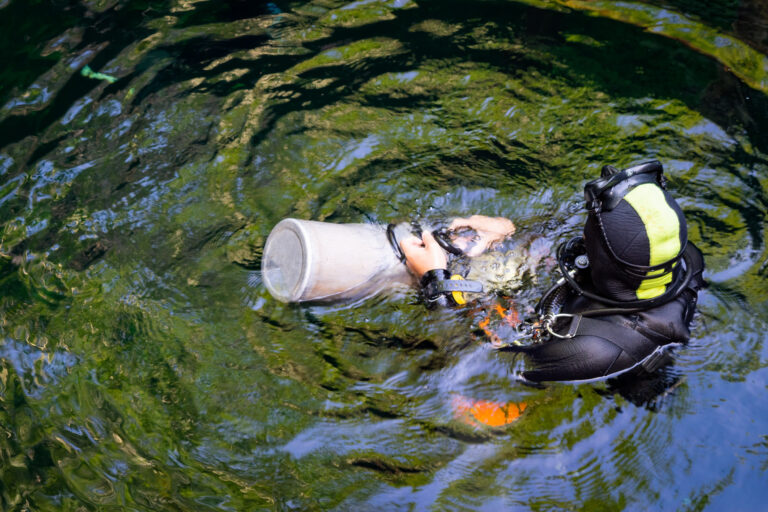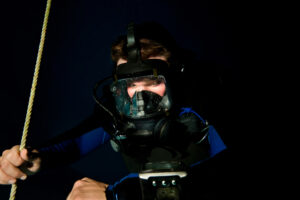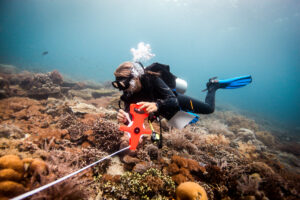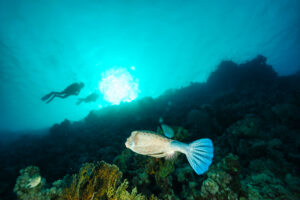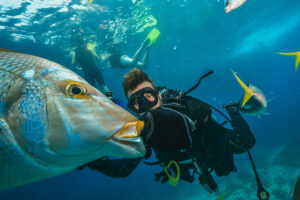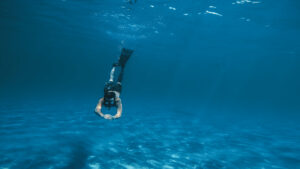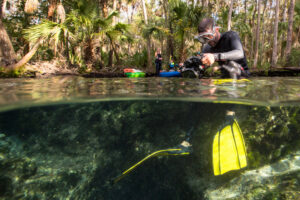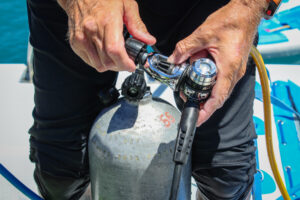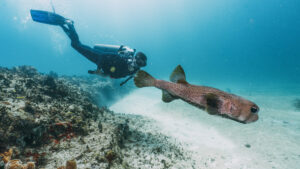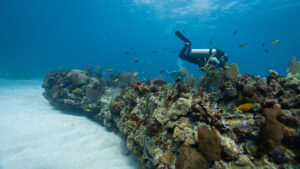What is Slack Tide?
Slack tide is a critical concept in marine science and navigation, defined as the period when the water is completely unstressed between the ebb and flood of the tide. During this interval, the tidal current’s velocity is near zero, marking a brief moment of equilibrium in the ocean’s otherwise constant motion. For scuba divers, this phase offers a unique opportunity to experience the underwater world with minimal current interference, making it a favored time for diving activities. The significance of slack tide extends beyond recreational diving, impacting marine navigation and the behavior of various marine species.
Concept and Scientific Explanation
Slack tide represents a period of relative calm in the tidal cycle, occurring twice a day as the tide transitions between its high and low points. The phenomenon is a result of the complex gravitational interactions between the Earth, the moon, and the sun. As the moon’s gravity pulls on Earth’s oceans, it generates tides, which are further influenced by the sun’s gravitational pull. The interplay of these forces creates the familiar rising and falling of sea levels we observe as high and low tides.
The tidal cycle is divided into four main phases: high tide, ebb tide (falling water level), low tide, and flood tide (rising water level). Slack tide occurs just before the direction of the tidal current reverses, marking the transition between the ebb and flood phases. This brief period of still water can last from a few minutes to about half an hour, depending on the geographical location and local tidal patterns.
During slack tide, the lack of significant water movement results from the balance between the incoming and outgoing tidal forces. Diagrams depicting the tidal cycle can help illustrate how the gravitational forces create these alternating periods of slack water. Understanding these principles is crucial for those who navigate or engage in activities in tidal waters, as it helps predict when the currents will be at their weakest.
Environmental Significance
Slack tide plays a vital role in maintaining the health of marine ecosystems. It provides a moment of rest for many marine organisms that rely on tidal currents for feeding and movement. For instance, certain fish species take advantage of slack tide to feed more effectively, as their prey is less likely to be swept away by strong currents. This behavior is particularly relevant for scuba divers, who can observe a more tranquil underwater environment during slack tide.
Coral reefs also benefit from slack tide. During this period, the calm waters allow for better dispersion of coral larvae, promoting successful spawning and growth of new coral colonies. This contributes to the overall health and biodiversity of coral reef ecosystems, which are crucial for marine life.
Tidal flats and estuaries, which serve as nurseries for many marine species, experience less turbulent conditions during slack tide. This tranquility allows juvenile fish and other organisms to thrive in these habitats without the constant threat of strong currents. The balance provided by slack tide ensures that these delicate environments can support a wide range of species, contributing to the overall productivity of coastal ecosystems.
Scuba Diving and Slack Tide
For scuba divers, slack tide is often the ideal time to enter the water. The reduced current strength enhances visibility and makes underwater navigation easier, allowing divers to explore the underwater environment with greater ease and safety. This is particularly important in areas with strong tidal currents, where diving during other phases of the tide can be challenging and potentially hazardous.
During slack tide, marine life is often more active and visible. Fish and other sea creatures take advantage of the calm conditions to feed and interact, providing divers with unique opportunities to observe natural behaviors. Popular diving sites around the world, such as the Great Barrier Reef and the Galápagos Islands, are renowned for their vibrant marine life, which becomes even more accessible during slack tide.
Safety is a paramount concern for divers, and understanding the timing of slack tide is crucial for planning a successful dive. Divers must be aware of the local tidal patterns and plan their dives accordingly to ensure they enter and exit the water during the slack period. This reduces the risk of being caught in strong currents and enhances the overall diving experience.
In addition to safety, the aesthetic appeal of diving during slack tide cannot be overstated. The clear, calm waters provide an unparalleled view of underwater landscapes, making it easier to appreciate the beauty of marine environments. Photographers and videographers, in particular, benefit from the optimal conditions, capturing stunning images and footage that would be difficult to achieve at other times.
Navigation and Other Human Activities
Slack tide significantly impacts maritime navigation, as it provides a window of opportunity for vessels to maneuver with minimal current interference. This is particularly important in narrow channels, harbors, and estuaries, where strong tidal currents can make navigation challenging. Mariners often schedule movements during slack tide to ensure safe passage, reducing the risk of accidents and improving overall efficiency.
Fishermen also benefit from the predictability of slack tide. During this period, fish are less likely to be scattered by strong currents, making them easier to catch. This is especially relevant for certain types of fishing, such as netting and trapping, where the success rate can be significantly higher during slack tide.
Recreational activities such as kayaking and sailing are also influenced by slack tide. Paddlers and sailors prefer the calm conditions to navigate more easily and safely. Understanding the timing of slack tide allows enthusiasts to plan their activities to coincide with the most favorable conditions, enhancing their experience on the water.
For boaters and marine professionals, utilizing slack tide effectively requires knowledge and preparation. Accurate tidal charts and real-time data from tidal stations help predict when slack tide will occur, allowing for precise planning. This knowledge is essential for avoiding potential hazards and ensuring smooth operations in tidal waters.
Challenges and Considerations
Despite its advantages, slack tide presents certain challenges that must be considered. The calm conditions can sometimes lead to unpredictable water movements, especially in areas with complex topography or varying water depths. Inexperienced divers or navigators might find these subtle changes challenging to anticipate, emphasizing the need for proper training and awareness.
Environmental concerns are also associated with human activity during slack tide. Increased boating, diving, and fishing during this period can lead to habitat disruption and pollution. It is essential to practice sustainable and responsible behaviors to minimize the impact on marine ecosystems. This includes adhering to regulations, avoiding sensitive areas, and reducing waste and emissions.
The effects of climate change and sea-level rise pose additional challenges to the predictability and patterns of slack tides. As global temperatures rise and ice caps melt, changes in sea levels and tidal patterns can disrupt the established cycles. This has implications for navigation, marine life, and coastal communities that rely on predictable tidal movements for their livelihood and safety.
Efforts to monitor and adapt to these changes are crucial for maintaining the benefits of slack tide. Ongoing research and technological advancements in tidal modeling and prediction can help mitigate the risks associated with shifting tidal patterns. Collaborative efforts between scientists, policymakers, and marine industries are necessary to address the challenges posed by a changing climate and ensure the continued health and productivity of marine environments.
Key Takeaways
Understanding slack tide is essential for safe and effective scuba diving, navigation, and other marine activities. It provides a brief period of calm in the tidal cycle, offering unique opportunities for observing marine life and ensuring safe passage for vessels. However, it also presents challenges and requires responsible behavior to protect marine ecosystems. As climate change continues to impact tidal patterns, ongoing research and adaptation are necessary to maintain the benefits of slack tide for future generations.

